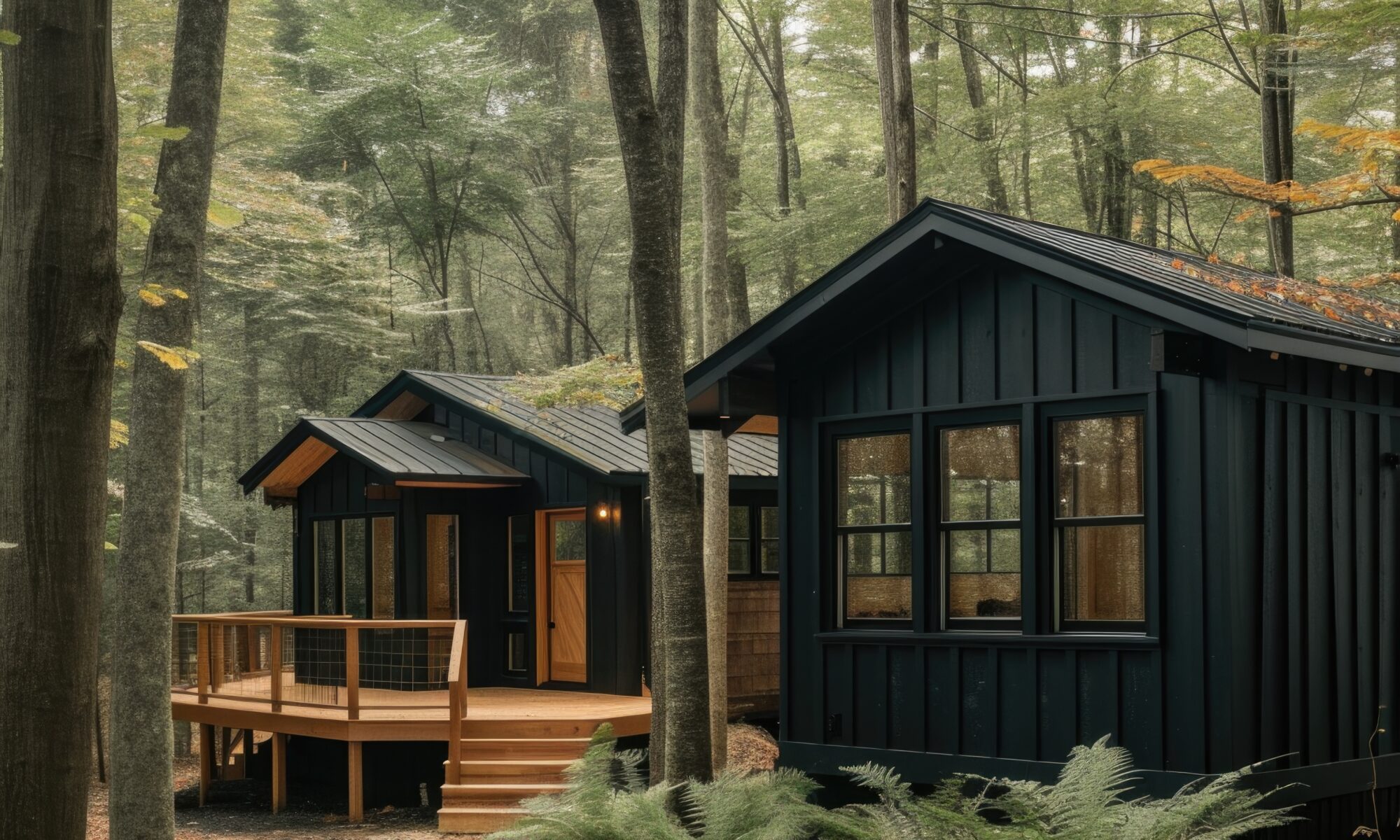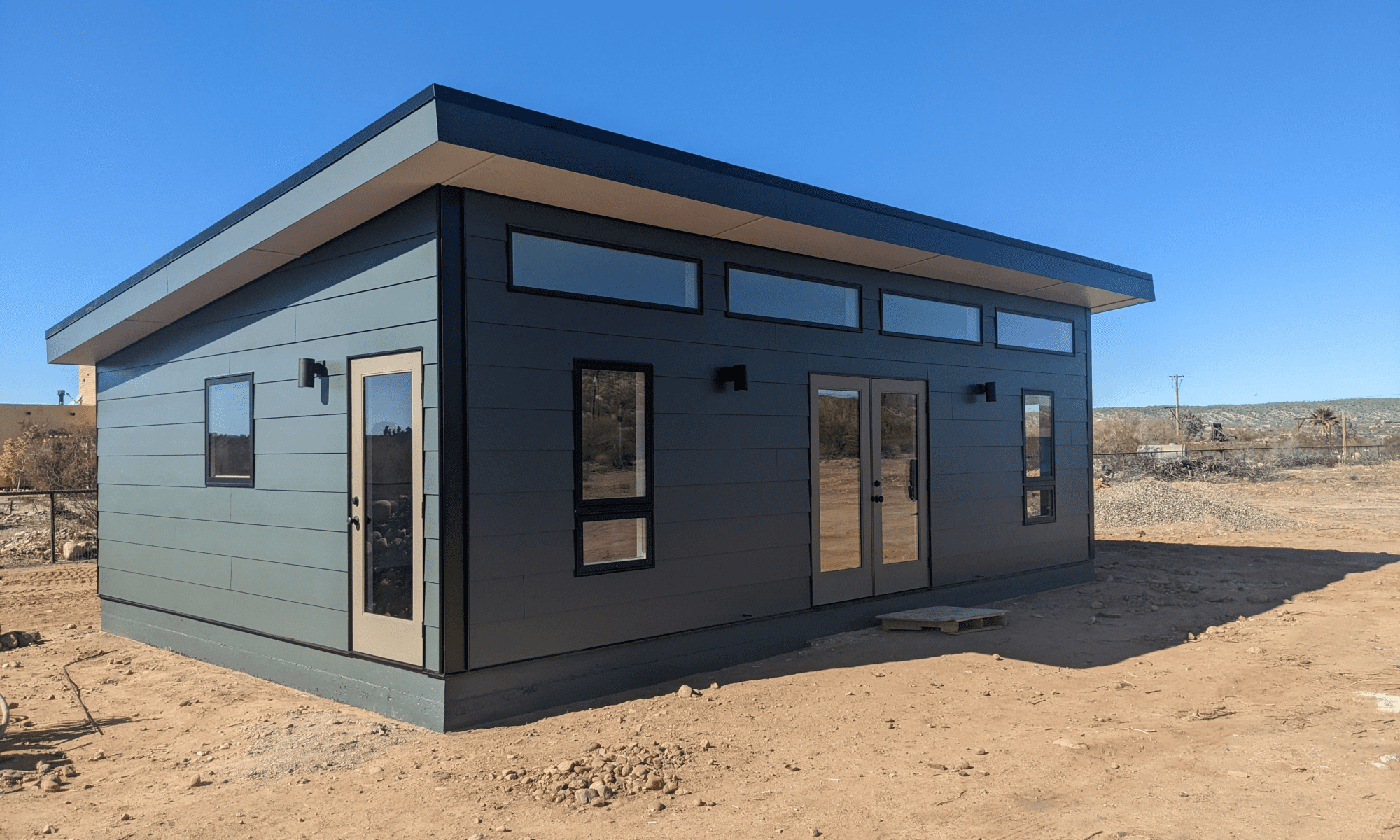Buying a trailer isn’t exciting like picking paint colors or sketching out your dream tiny house. But it’s the part that decides whether your build lasts 30 years… or starts cracking in three.
And if you’re searching for trailer manufacturers in Colorado, you’re already asking the right questions. That’s good. Because not all trailers are built the same, and yeah, some are straight-up not built for what people put on them.
This guide is here to help you ask the right questions before you commit. Not salesy ones. Real ones. The kind that saves you money, stress, and future repairs.
Whether you’re planning tiny house kits, an ADU, or a custom build, the trailer is the foundation. Everything sits on it. Everything depends on it.
Let’s break this down, honestly.
Why Trailer Choice Matters More Than Most People Think
The short answer?
Because your trailer isn’t just a trailer.
It’s a structural system.
A lot of people treat trailers like interchangeable parts. As long as it has wheels and a VIN, they think it’ll work. Truth is, that mindset is why so many tiny houses end up with sagging floors, cracked drywall, and doors that never close right again.
A properly engineered trailer is designed to handle:
- Constant weight, not temporary loads
- Flex where needed, rigidity where it matters
- Long-term stress, not just short hauls
That’s why working with experienced trailer manufacturers in Colorado matters. Climate, elevation, transport rules, snow load, and wind. It all plays a role.
And no, not every manufacturer thinks about that.
Question 1: Is This Trailer Engineered for a Tiny House or ADU?
This is the first question. And it’s non-negotiable.
Ask directly:
“Is this trailer engineered specifically for a tiny house or ADU?”
If the answer sounds vague, that’s your sign.
A real tiny house or ADU trailer isn’t a flatbed with axles slapped underneath. It’s designed from the frame up to support:
- Continuous loads
- Residential structures
- Long-term living, not short-term hauling
Companies like Trailer Made Custom Trailers don’t guess. They engineer. Load calculations, steel specs, axle placement. All of it matters.
If a manufacturer says, “People use these all the time,” that’s not engineering. That’s gambling.
Question 2: What Steel Are You Using, and Why?
This question separates real builders from volume sellers.
Steel quality affects everything. Flexibility, strength, lifespan.
Ask:
- What grade of steel is used?
- Is it cold-formed or structural steel?
- How is it welded?
Cheap steel saves money upfront. It also twists over time. Especially under a house that never comes off the trailer.
Colorado weather doesn’t play nice. Freeze-thaw cycles expose weak builds fast.
A solid ADU builder or trailer manufacturer will explain their steel choice without getting defensive. Because they know why they chose it.
Question 3: How Is Weight Distributed Across the Trailer?
Here’s where a lot of trailers fail quietly.
Weight distribution isn’t just about axles. It’s about:
- Crossmember spacing
- Beam depth
- Overhang design
- Tongue strength
Tiny houses and ADUs don’t load evenly. Kitchens, bathrooms, appliances. All concentrated weight.
If the trailer isn’t engineered for that, stress builds in the wrong places. Floors sag. Walls crack. Doors go out of square.
Ask to see drawings. Or at least have them explain how they account for uneven loads.
If they can’t explain it in plain language, walk.
Question 4: Can This Trailer Handle Long-Term Living?
This one matters more than people admit.
A lot of trailers are built for transport, not living. They’re designed to carry weight temporarily. Then unload.
A tiny house or ADU stays loaded. Every day. For years.
That’s why tiny house kits paired with the wrong trailer fail early. The kit might be solid. The trailer isn’t.
Ask:
- Is this trailer rated for continuous load?
- How does it handle frame flex over time?
- What’s the expected lifespan?
Good manufacturers think in decades, not delivery dates.
Question 5: Is This Trailer Built to Code and Legal Standards?
This isn’t the fun part, but it’s critical.
Depending on your use, your trailer may need:
- VIN certification
- DOT compliance
- Engineered drawings for permits
- Compatibility with ADU zoning rules
If you’re planning an ADU for sale or long-term placement, documentation matters.
Ask:
- Will this trailer pass inspections?
- Do you provide engineering documentation?
- Have these trailers been approved before?
Reputable trailer manufacturers in Colorado already know the answers. Because they’ve done it.
Question 6: What Corners Are Not Being Cut?
This is an uncomfortable question. Ask it anyway.
Cheap trailers cut corners somewhere. Thinner steel. Fewer crossmembers. Rushed welds. No engineering review.
You might not see it on day one. You’ll feel it five years later.
Ask:
- Where do you refuse to cut costs?
- What makes your trailers more expensive than others?
The right manufacturer won’t flinch. They’ll tell you straight.
That’s where long-term value lives.
Question 7: Who Is This Trailer Actually Built For?
Some manufacturers build for:
- Landscapers
- Equipment haulers
- Contractors
Tiny houses and ADUs are a different animal.
Ask:
- How many tiny houses or ADUs have you built trailers for?
- Can you show examples?
- Do you understand residential loads?
Trailer Made Custom Trailers doesn’t treat tiny homes like a side project. It’s core to what they do.
That focus shows in the details.
Question 8: How Does This Trailer Handle Transport and Setup?
Even if your house won’t move much, transport still matters.
Ask about:
- Axle rating and placement
- Braking systems
- Hitch strength
- Road stress during delivery
A poorly designed trailer can survive stationary use but fail during transport. That’s when damage happens before you even move in.
Colorado roads aren’t gentle. Mountain passes expose weak builds fast.
Question 9: What Support Do You Offer After the Sale?
This one gets overlooked.
Ask:
- If something goes wrong, who do I call?
- Do you stand behind your welds?
- Is there any form of warranty or support?
Manufacturers who disappear after delivery usually cut corners before it too.
Long-term support is part of long-term value.
Why Trailer Made Stands Out in Colorado
Let’s talk reality.
Trailer Made Custom Trailers isn’t trying to be the cheapest option. And that’s intentional.
They focus on:
- Engineered trailers built for living structures
- Steel quality that holds up long-term
- Load calculations that make sense
- Honest conversations, not sales scripts
They understand how tiny house kits, ADUs, and custom builds actually behave over time.
That experience matters.
When you’re investing in a structure meant to last, the foundation has to match the vision.
Cutting Corners on Trailers Always Costs More Later
People don’t regret spending more on a good trailer.
They regret trying to save money on a bad one.
Repairs cost more. Stress costs more. Rebuilding costs more.
A quality trailer doesn’t just support your house. It protects your investment.
That’s the truth.
Final Thoughts: Ask Better Questions, Get Better Results
Choosing among trailer manufacturers in Colorado isn’t about finding the fastest quote.
It’s about asking the questions most people skip.
Engineered design. Steel quality. Load distribution. Long-term value.
If a manufacturer can’t answer those confidently, they’re not the right fit.
If they can, you’ll feel it. In the way they talk. In the details. In the build.
That’s how you know.
Ready to Build on the Right Foundation?
If you’re serious about tiny houses, ADUs, or long-term structures, don’t gamble on the trailer.
Visit Trailer Made Trailers to start your build.
FAQs
1. Why are engineered trailers important for tiny house kits?
Engineered trailers are designed for continuous residential loads. Tiny house kits stay on the trailer permanently, so structural calculations matter. Without engineering, long-term sagging and damage are common.
2. How do trailer manufacturers in Colorado differ from out-of-state builders?
Colorado manufacturers understand local climate, elevation, and transport challenges. That experience helps prevent issues caused by snow loads, temperature swings, and mountain transport.
3. Can I use a standard flatbed trailer for an ADU?
Short answer: you shouldn’t. Flatbeds are built for hauling, not living. An ADU requires a trailer engineered for permanent weight and structural stability.
4. What makes Trailer Made Custom Trailers different?
They focus on engineered design, steel quality, and long-term durability. Their trailers are built specifically for tiny houses and ADUs, not repurposed from other industries.
5. Is a higher-priced trailer really worth it?
Yes. A quality trailer protects the entire structure above it. Cheaper trailers often lead to costly repairs, structural issues, and long-term regret.










